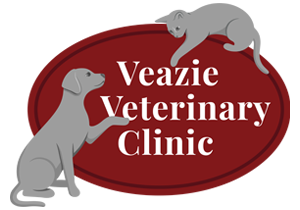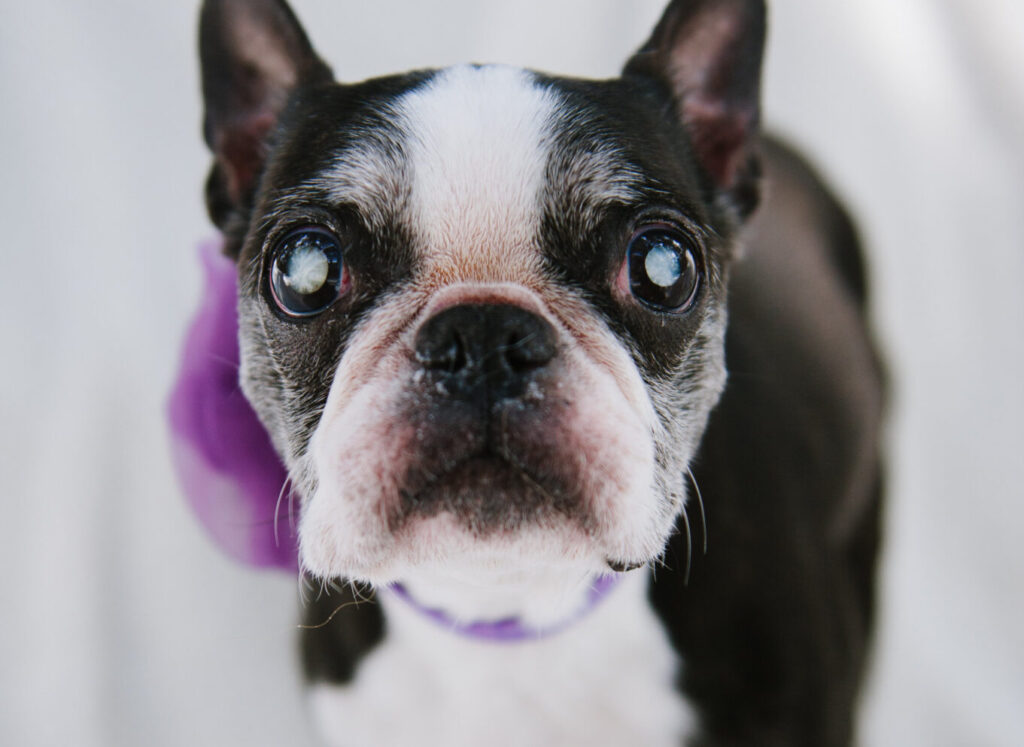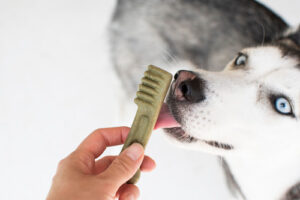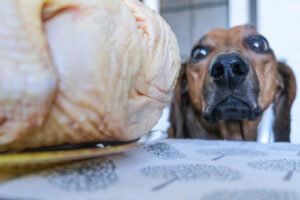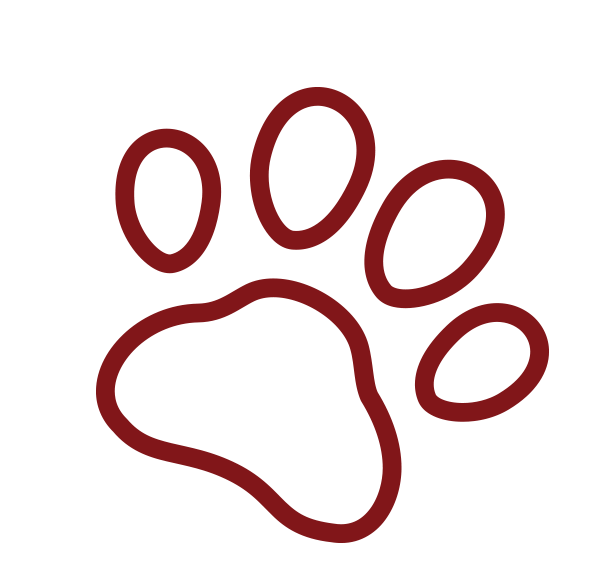My pet is getting older, are these changes normal?
As our pets age there are a lot of changes that occur. Our four-legged companions are living longer these days and it is our responsibility to help them through the aging process. Here are some changes that you might be noticing, or can expect to develop, and some helpful hints you can try at home to make our senior pets more comfortable. This is not a comprehensive list by any means, but a good place to start.
Signs Your Dog is Aging
There are some tell-tale signs your dog is aging. Read on to learn more.
Eye and Vision Changes
Lenticular sclerosis/nuclear sclerosis
This causes a cloudy appearance to the eyes. A hardening of the lens causes the cloudiness. This process can start around age 6 or 7, but doesn’t always show up until age 10. This change doesn’t interfere with vision significantly, although it may affect vision of objects up close.
Cataracts
This process occurs when the lens of the eye becomes opaque. If the cataract progresses this can result in diminished vision and lead to blindness. Cataracts can be caused secondary to diabetes mellitus, so this might be something to consider testing for if cataracts develop in your pet.
Iris atrophy
The iris, or colored part of the eye, is a muscle. As animals age, certain muscles can become weaker and smaller (or atrophied). The iris helps to filter out light, so this might make them more sensitive to light.
Tips to try at home: Avoid being out in the direct sunlight, especially in the afternoon light. Doggles, or sunglasses for dogs can be useful and adorable!
Retinal Changes
The retina is located in the very back of the eye. The retina has cells that process light and sends nerve impulses to the brain. The retina becomes thinner as animals age and can result in loss of night vision due to degeneration of a special type of cell, called rod cells.
Sunken Eyes
As some animals age it appears that the eyes are sunken, or setting back further in their head. This is due to a loss of fat behind the eyeball.
Tips to try at home: Add additional night lights near stairs and unfamiliar places, try not to change the layout of the house, make sure that the entire family is aware of pet’s environment (i.e. supervision while outside, near swimming pools, etc.). Resources: www.haloforpaws.com (protective device for blind dogs).
Appearance of the Nose
A change in the appearance of the nose can be an example of one of the signs your dog is aging.
Dry and cracking or change in color of the nose
Sometimes the nose of our older patients can change in appearance. The nose can lose some of the pigment and become lighter in color. The nose can also develop what is called hyperkeratosis; this is when the nose becomes dry and it can crack. This is mostly a cosmetic change only. If severe though, it could be painful or start to bleed. Surgical correction is an option in severe cases.
Tips to try at home: For mild cases, it is okay to try applying chapstick or petroleum jelly to the nose.
Hearing Loss
Hearing loss (presbyousis)
The loss of hearing is common in older pets. They lose higher frequencies first and this is usually bilateral (both ears are affected). This change typically occurs in the last third of a breed’s normal lifespan.
Tips to try at home: The use of hand signals when trying to communicate with deaf pets can be very helpful.
Skin and Coat Health
Dry or Flaky Skin
Sebaceous glands are in the skin and produce oils to keep the skin and coat healthy and shiny. As our pets get older the production of these oils is decreased, resulting in dry skin and dandruff.
Hair Loss and Shedding
Hair follicles can also become atrophied over the years. Follicular atrophy can result in hair loss, or abnormal shedding patterns.
Tips to try at home: For these pets, it is important to consider providing sun protection.
Skin Lumps and Bumps
Older dogs and cats can develop skin changes associated with various lumps and bumps. Some common benign tumors we see are called sebaceous and cutaneous adenomas, and they usually appear as skin warts. It is a good idea to have any new skin change evaluated by a veterinarian.
Odor
Some older patient can have slightly decreased immune function, which can lead to secondary skin infections. Some of these infections are associated with an unpleasant odor. It is important for our older pets to spend quality time with their families and sometimes a bad odor can disrupt the human-animal bond.
Tips to try at home: It is important to keep up with brushing and bathing (sometimes certain medicated shampoos may be recommended). Supplementing the diet with essential fatty acid can help improve coat health. It is important to remember to trim their nails as well, since long nails can be painful, dangerous and affect mobility.
Mobility Changes in Your Aging Dog
Arthritis
It is common for older dogs and cats to have arthritis. Arthritis affects joints and it can cause pain, stiffness, limping and lameness. Maintaining a healthy or lean body weight is important for these patients. Medications, such as pain control and anti-inflammatories, can help. Please ask your veterinarian about safe medications to help alleviate some of your pet’s arthritis pain.
Weight Loss and Muscle Loss
Sarcopenia is the fancy word for “old age muscle loss.” Often times older pets appear thin and frail. As muscle fibers are lost our pets can experience difficulty with daily tasks such as standing up, walking/running, jumping/playing and even standing.
Tips to try at home: It is important for these patients to keep exercising with low-impact activity. Sometimes swimming and physical therapy are beneficial. Senior-specific diets are great for some pets; some have extra protein to help with muscle health (ask your veterinarian if a senior-specific diet is right for your pet). Booties for traction, slings and harnesses for walking assistance and steps or ramps can be helpful
Changes in Voice or Bark
Muffled or Weak Bark
The larynx, or the voice box, loses innervation over the years and can change the sound of a bark. This is probably a benign change, but worth talking to your veterinarian about as it could be related to laryngeal paralysis.
Tips to try at home: Patients with laryngeal paralysis should be walked using a harness. Some of these animals can have trouble regulating their temperature and fans can be used to help cool these pets. In more severe cases medicine and surgical correction can be considered.
Changes in Breathing Patterns
Panting, changes in breathing patterns
Any changes in breathing should prompt a vet visit, as it could be very serious! Some older pets can have mild fibrosis of their lungs, which can decrease ability to expand the lungs and exchange oxygen appropriately. Breathing pattern change can be one of the signs your dog is aging.
Tips to try at home: Any pet with mild “age-related” changes to their lungs would benefit from being a healthy weight, since extra body fat will make every breath harder. Please seek veterinary help if any breathing changes occur with your pet.
Behavioral Changes
Canine Cognitive Dysfunction
Approximately 50% of dogs greater than 10 years of age show behavior changes. They may appear disoriented, confused, forgetful or anxious. Sometimes the changes are more pronounced in the evening and at night, similar to elderly people with dementia or sundowners syndrome.
Tips to try at home: It is important to protect your pet and not leave them unsupervised while outside or in an unfamiliar area. Do not punish them, as they will not understand and become fearful. You can help by providing mental stimulation such as clicker training, hide and seek, exercise and other interactive games. Melatonin can be used as a sleep aid and other medications may be helpful for these patients.
Urinary and Fecal Incontinence
Another one of the more clear signs your dog is aging is incontinence.
Urinary Incontinence
The urinary sphincter (a muscle) that controls the voluntary action of urination can become weaker as animals age. Hormone levels also change as they age and that can play a role in urinary incontinence as well. There are medications that can be tried to help resolve this problem.
Fecal Incontinence
Fecal incontinence can be a problem with older pets. It is likely due to the anal sphincter becoming weaker over time. There isn’t a true treatment for this, although you want to make sure your pet is evaluated to eliminate arthritis causing pain during posturing, intestinal parasites or anal/rectal masses as contributing factors.
Tips to try at home: To help care for a pet with incontinence it is important to keep them clean. Try raised and absorbent bedding so that they don’t have to lay in their mess. Sanitary trims can be useful and fashionable! For cats you can try altering the size and location of litter boxes. Some people have luck with trying diapers, acupuncture and other available supplements and products.
Other Resources:
